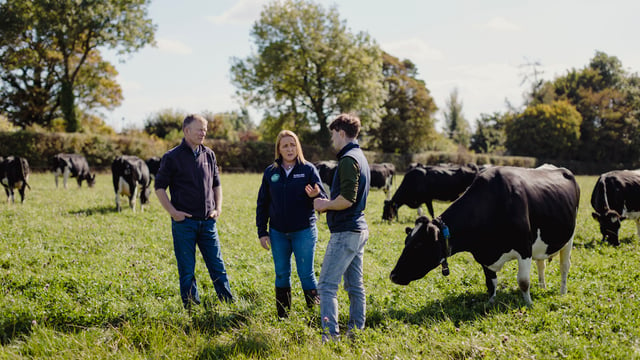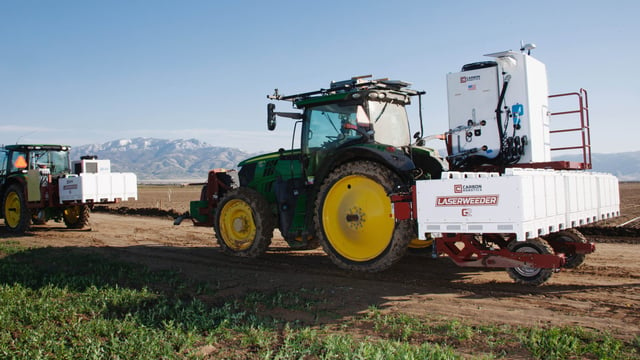Shoot numbers determine spring barley yields - expert
Tillage specialist Shay Phelan has confirmed that shoot numbers are the key arbiter of spring barley yields.
He addressed the issue at a malting barley meeting Monday, February 10, hosted by the Irish Farmers’ Association (IFA) in Co. Carlow.
According to the Teagasc representative the optimal shoot number comes in at 1,000/m2. In turn, this allows the crop to produce 20,000 grains across the same area of ground.
Seed rate is the key factor in determining these figures. In practical terms this works out at between 170-200kg/ha.
Teagasc research has indicated that the judicious use of plant growth regulators can boost tiller numbers.
Where fertiliser nitrogen is concerned the optimal application rate is 150kg/ha. This should be applied as early as possible in the growing cycle of the crop, particularly those grown to meet a brewing sand distilling standard.
The tillage specialist indicated that effective weed control is becoming more difficult to achieve across all cereal production enterprises. This is a direct consequence of the increasing herbicide resistance that has been demonstrated by weed populations.
Where grass weed control in spring barley is concerned, the use of pre-emergence chemistries is recommended. Broad leaf weed control can still be achieved soon after the crops have emerged.
One complicating factor in this regard can be the presence of canary grass and its interaction with wild oats. Within this scenario, growers should target both weeds together during the month of may.
Shay Phelan confirmed that significant acreages of spring barley had already been drilled.
“Barley Yellow Dwarf Virus should not be an issue at this time of the year. However, the threat posed by the disease becomes more significant as temperatures increase," he said.
“Spring barley crops drilled in April will be very predisposed to aphid attack.”
Where fungicides are concerned, Teagasc recommends a two spray programme for spring barley. The optimal timings for application are at the mid tillering and awns peeping growth stages.
“The second fungicide mix should take full account of the challenge posed by late season ramularia attack on spring barley crops," Phelan advised.
“Teagasc research has repeatedly confirmed that a three spray fungicide programme for spring barley simply adds costs relative to any final yield advantage that will be secured.
"Barley crops are also prone to trace element deficiencies. So, all relevant steps should be taken by growers to prevent this scenario from impacting on final crop performance,” Phelan added.












